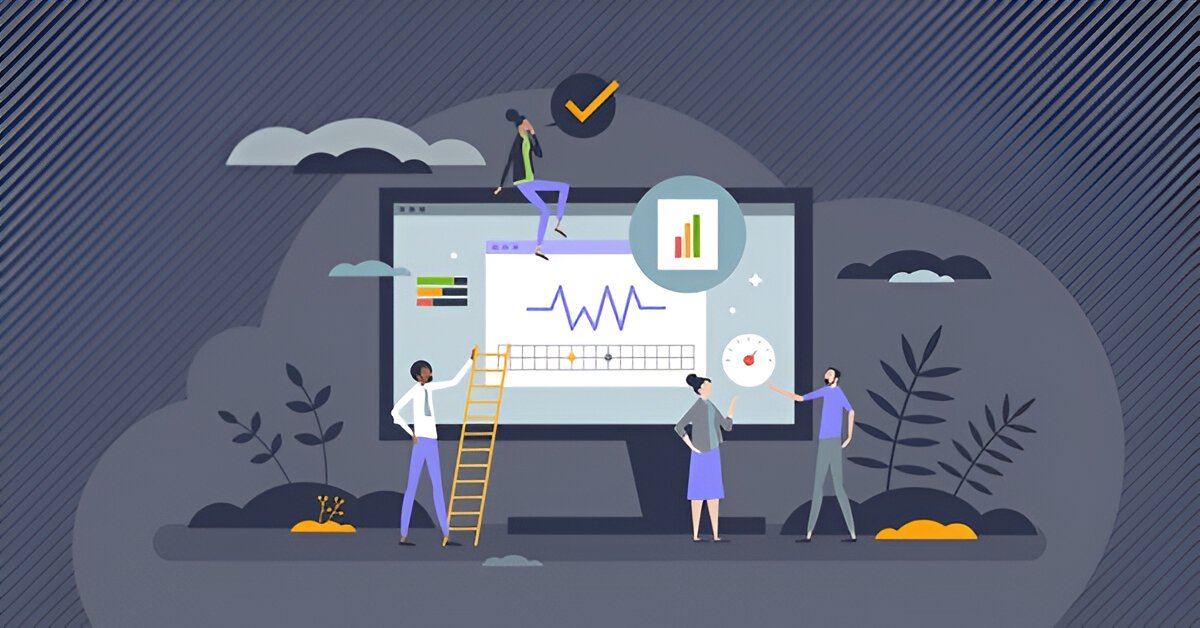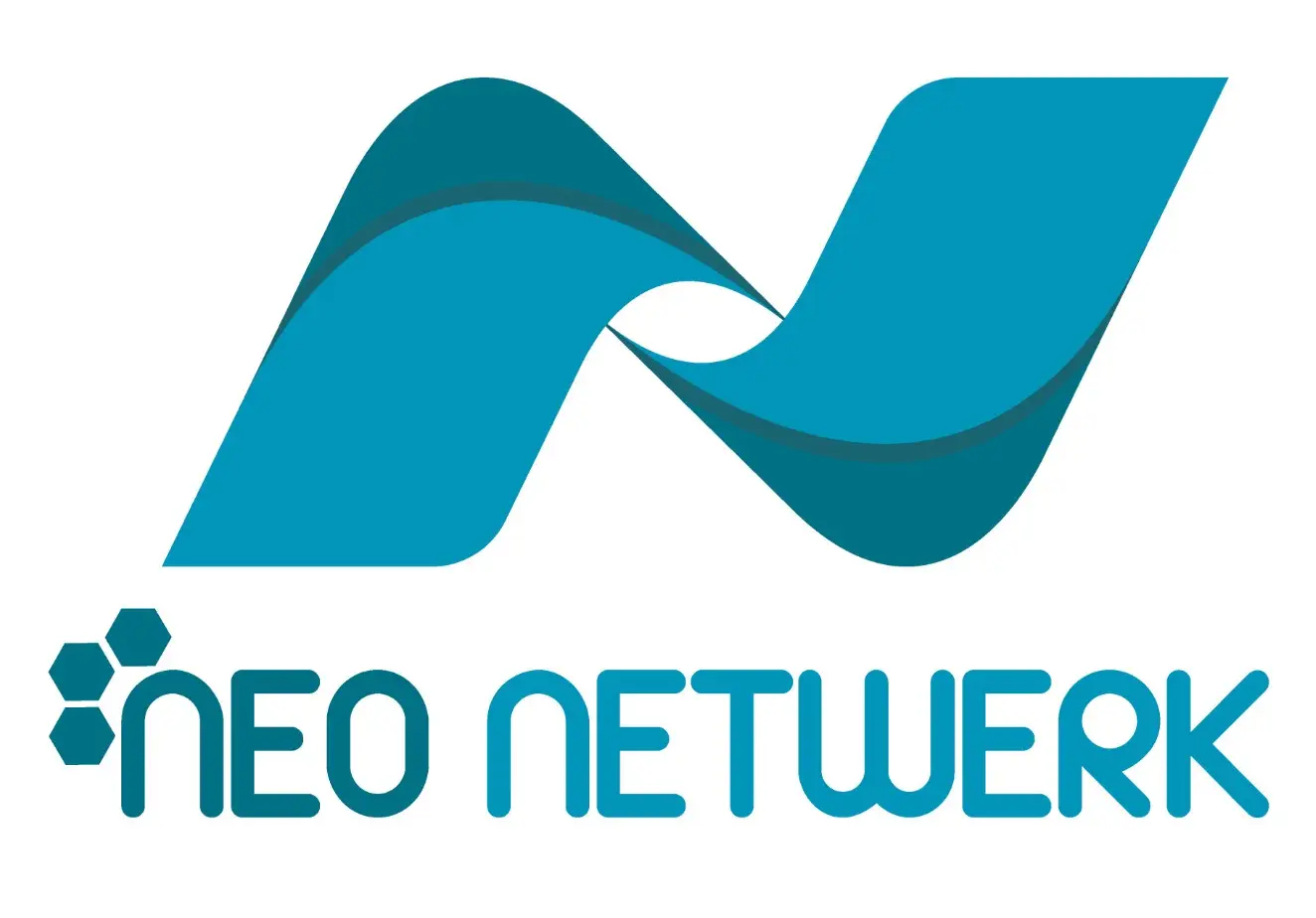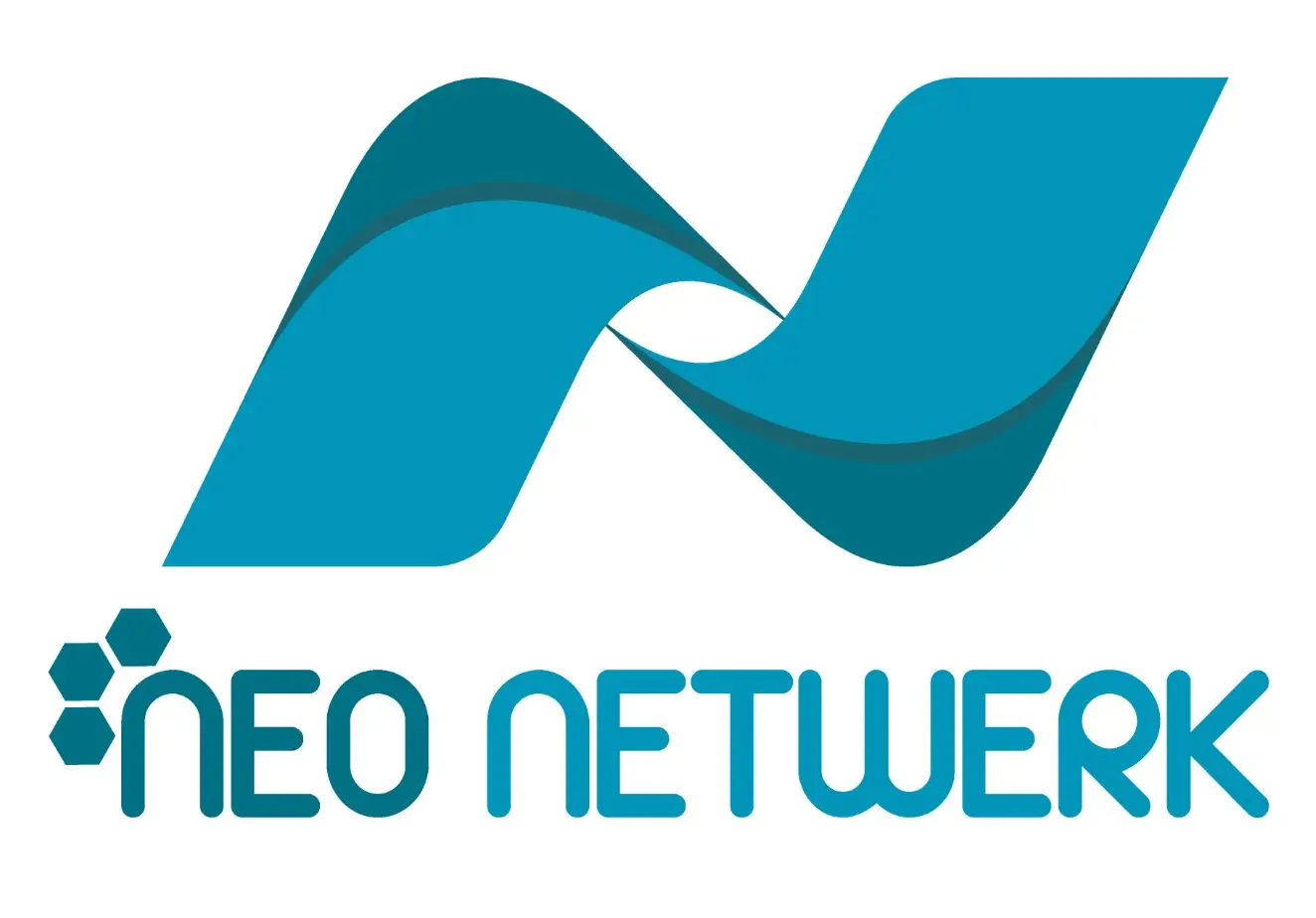The digital world is evolving rapidly, and anyone who wants to be successful with their website must always stay up to date. What works today may already be outdated tomorrow. In this article, we take a look at the most important SEO trends for 2025 and give you practical tips on how to make your content and marketing more successful.
AI-Optimized Content:
Content Personalization and Intent Matching
Artificial Intelligence (AI) is revolutionizing search engine optimization (SEO). Google and other search engines are increasingly relying on semantic search queries and intent matching to better understand users.
What does this mean for your SEO content?
By using AI-driven content personalization, content can be tailored specifically to the target audience. It is important that texts not only contain relevant keywords but also precisely meet users’ search intentions. Additionally, automated content optimization enables real-time analysis and optimization of user signals such as dwell time or bounce rates.
However, purely AI-based content is not enough. Users increasingly demand human content that appears authentic, emotional, and personal.
This is where storytelling and testimonials come into play, which build trust and positively impact the E-E-A-T guidelines (Experience, Expertise, Authority, Trustworthiness). To achieve even higher credibility and engagement, experts or brand ambassadors should be integrated as authentic voices in the content.
Core Web Vitals 2.0: Performance Optimization Becomes Even More Important

Core Web Vitals have long been an important ranking factor and play a decisive role in assessing user experience on a website. In 2025, a new metric comes into focus: Interaction to Next Paint (INP). This metric measures how quickly a website visually responds after a user interaction, such as a click or touch input.
While previous metrics like First Input Delay (FID) measured the time between user interaction and processing by the browser, INP takes the entire rendering process into account.
This includes the time until the visible rendering of the change on the page. A low INP time indicates that a website offers a smooth and responsive user experience, which can positively affect rankings.
Interactive elements such as forms, buttons, and navigation menus, which require quick visual feedback, are particularly affected. Those who want to remain competitive in 2025 should analyze and adjust their websites for optimized interaction times.
Optimization Tips:
- Reduce loading times with Predictive Pre-fetching.
- Use Edge Computing for faster content delivery.
- Regularly test your website with Google PageSpeed Insights.
Mobile-Only: The End of Desktop Optimization?
Google is definitively moving to Mobile-Only Indexing. This means that the mobile version of your website is not just one of the foundations for ranking but the decisive basis for indexing by search engines.
This means that content only available on the desktop version might no longer be considered by Google.
Mobile-First has already been a crucial factor in recent years, but in 2025, focusing entirely on mobile optimization will be mandatory. Websites that are not optimized for mobile devices will significantly lose visibility in rankings.
Companies must ensure that their content is mobile-friendly, offers intuitive navigation, and fast loading times. Additionally, all essential desktop features should also be available on mobile devices.
What should you do to follow the SEO trend?
- Use Responsive Design 2.0, which adapts not only to screen sizes but also device types (e.g., foldables).
- Optimize 5G-optimized media content so videos and images load quickly even on the go.
Technical SEO: Security and Speed as Must-Haves
The technical requirements for websites continue to rise, especially in the areas of security and speed. HTTPS (SSL/TLS) is no longer optional today but a must for every website. Besides improved encryption that protects sensitive data, HTTPS is also considered a ranking factor by Google.
Sites without HTTPS are marked as insecure in most modern browsers, which can severely undermine user trust.

Another development is the introduction of HTTP/3, which offers significant advantages over previous versions. HTTP/3 is based on the QUIC protocol developed by Google and significantly reduces latency. It enables faster and more stable data transfer, especially under poor network conditions or on mobile devices.
By eliminating the classic TCP handshake process, a website can load much faster, directly impacting Core Web Vitals and thus search engine rankings. Website operators should check whether their servers support HTTP/3 and consider migrating to benefit from performance advantages.
SEO Content Optimization: Multimodal Content Gains Importance
In 2025, not only text will be important – videos, audios, and interactive content will play an increasingly important role in rankings. Search engines like Google are increasingly relying on a comprehensive understanding of content beyond pure text analysis.
Visual and acoustic content help convey information better and increase user engagement. However, this does not mean that SEO is not used in these formats.
For example, video content is not only considered a supplementary element but can be a main source of traffic and engagement, especially on platforms like YouTube or TikTok. Audio files such as podcasts or voice search-optimized content are also becoming more relevant as voice search and voice-controlled assistants steadily gain importance.
In addition, the demand for interactive content such as Augmented Reality (AR), Virtual Reality (VR), or interactive infographics is increasing, which improves the user experience and promotes engagement on websites.
Anyone who wants to pursue a successful SEO strategy in 2025 should therefore use a well-thought-out mix of different content formats to provide users with real added value.
User Experience & Interface: Usability Becomes Crucial
SEO is long since more than just keywords and backlinks – User Experience (UX) and performance are essential. The way users interact with a website is increasingly considered a ranking factor. Google evaluates factors such as loading speed, interactive elements, and overall usability. A well-thought-out UX not only ensures higher dwell time on the site but also reduces bounce rates and promotes conversions.
Elements such as intuitive navigation, accessible content, fast loading times, and visually appealing layouts help keep users on the site and send positive signals to the search engine.
Interactive features like micro-interactions, predictive loading, Voice User Interfaces (VUI), and gesture-based navigation are setting new standards for usability.
Websites that do not adapt to these trends could fall behind in rankings. Therefore, it is crucial to consider UX optimizations not only as an addition but as an integral part of every SEO strategy.
UX Optimization:
- Use Micro-Interactions to motivate users to interact.
- Implement Voice User Interfaces (VUI) to be prepared for voice search.
- Predictive Loading intelligently preloads content and improves loading speed.
SEO Offpage Optimization: Link Building 2025
Qualitative backlinks remain an important ranking factor, but in 2025, the focus will be even more on thematic relevance and natural link building. Search engines increasingly recognize whether a backlink truly offers value to users or is merely an artificial ranking manipulation.
Instead of building mass links, it will be crucial to focus on high-quality links from authoritative, industry-relevant, and trustworthy sources.
An important trend is the increasing integration of Digital PR and Content Marketing into link building strategies. Companies and website operators should create high-quality content that is organically shared and linked. Collaborations with influencers, specialist blogs, and online magazines can help generate natural and valuable backlinks.
Additionally, the importance of co-citations and co-occurrences is growing. This means not only direct link building is important, but also mentions without linking can be recognized as positive signals by search engines.
Engagement in communities and forums as well as building user-generated content also contribute to sustainably strengthening the backlink profile. Furthermore, placement in industry-specific directories plays an important role. Website operators should regularly analyze their backlink strategy and clean up low-quality links using disavow tools to prevent possible penalties from Google updates.
Those who want to be successful in the long term do not rely on short-term manipulations but on sustainable relationships. Valuable content is also essential that other website operators like to link to.
SEO 2025 is User-Centered
The SEO landscape is changing rapidly – those who want to play at the top must focus on AI, automation, and user experience. The focus is shifting from pure ranking to holistic digital experience metrics.
Use our checklist to optimally set up your SEO strategy for 2025. Prioritize actions according to quick wins and strategic long-term goals – and stay agile in an ever-changing digital world.
Do you have questions or need support with your SEO strategy? Feel free to contact us! Our SEO team will be happy to assist you.


